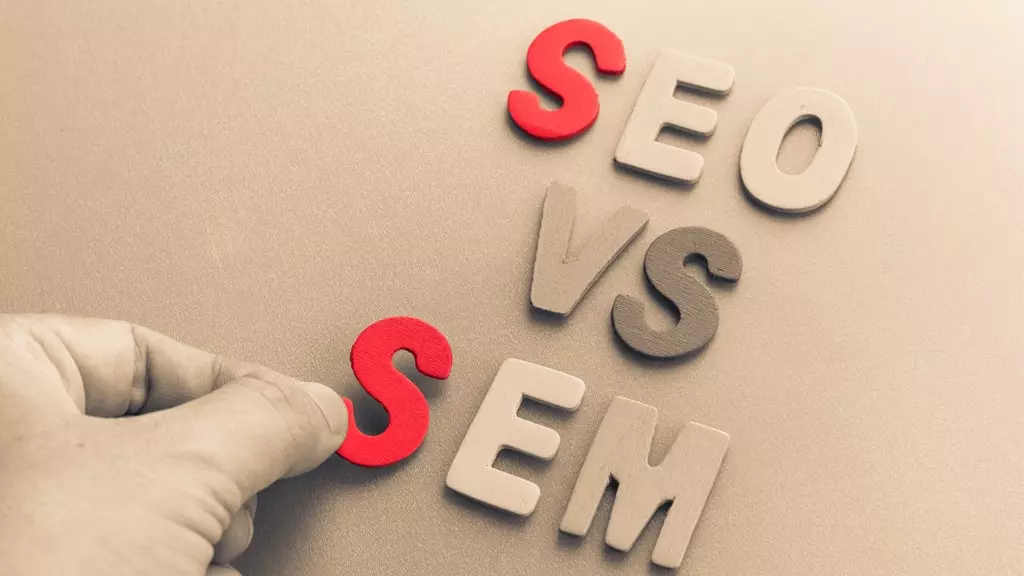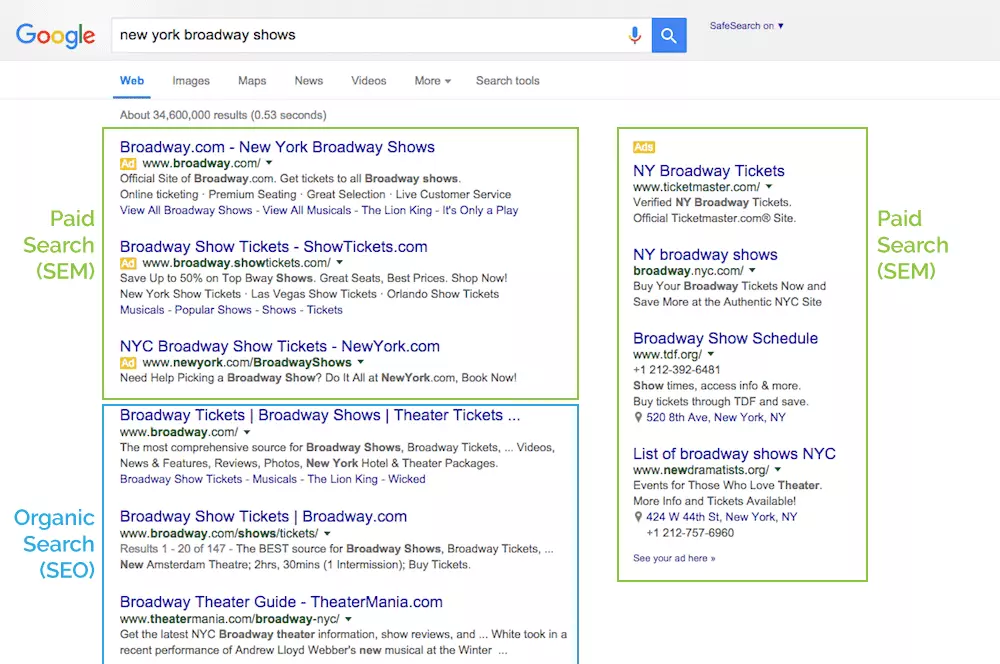SEO or SEM: which of the two should we use?

Contents
SEO or SEM: which of the two should we use?
A recent study conducted by Nominalia, a company for hosting domains and other businesses on the Internet, indicates that 40% of Spanish companies do not have a corporate website. Of those that do have a presence on the Internet, 60% do not perform web positioning due to a lack of resources, knowledge or not considering it necessary. This are very important figures in the era of the digital transformation of companies and, according to Internet experts such as Bill Gates, co-founder of Microsoft, they do not help to guarantee the survival of these companies: “If your business is not on the Internet, your business does not exist” (Bill Gates). For this reason, in this post we will discuss the difference between SEO and SEM.
Why use website positioning techniques?
SEO (Search Engine Optimisation) and SEM (Search Engine Marketing) are two positioning techniques that improve the visibility of a website in search engine results; mainly in Google, the site used most worldwide, by 95% of people.
Included among the needs they meet, as we have already mentioned, is an active presence on the Internet. Other important ones are:
- Digital fingerprint
- Online reputation
- Launch campaigns
- Increased website traffic
- Customer acquisition
- Micro-segmentation
- Monitoring
What is the difference between SEO and SEM?
The use of SEO positioning or SEM positioning will depend on the company’s digital strategy, as they are two different strategies. Whilst the first seeks to increase the visibility of a website naturally and organically without paying to appear in the search results, the second pursues this objective through paid advertising campaigns.
The ideal thing is to combine both web positioning techniques to achieve optimum results, taking into account the difference between SEO and SEM:
| SEO | SEM |
| Search engine optimisation: organic positioning
Traffic to the page with no cost per click Requires time, effort and perseverance: medium-long term strategy The positioning depends on multiple factors (algorithms) |
Search engine marketing: paid positioning
Traffic to the page with a cost per click Measurable results in a few hours: short-term strategy The positioning depends on the quality of the advertisements and the landing page |

Now that we know the difference between SEO and SEM, what are their advantages and disadvantages?
| SEO Advantages | SEO Disadvantages |
| High long-term profitability | Medium or long-term results |
| Influence the content, its updating and structure | Only allows positioning for a limited number of words |
| Attracts relevant traffic | Results cannot be predicted or guaranteed |
| The investment is the same regardless of the number of visits | It is not possible to segment |
| Users click more on organic results than paid results | There are technical requirements |
| SEM Advantages | SEM Disadvantages |
| Short-term profitability | The visits depend on the investment |
| The investment is controlled at all times | If we stop investing, we disappear from Google |
| It is possible to position as many key words as we want | Strong competition |
| Option to segment potential customers | The investment depends on the number of impressions, visits or conversions |
| Results can be estimated before starting | It is interruptive, due to providing information not requested by the user |
Conclusion: the combination of SEO and SEM, the best strategy
Following the advice of the computer guru Bill Gates, SEO and SEM web positioning cannot be left out of a company’s online marketing strategy. The combination of these techniques, taking into account their characteristics, together with a good content strategy, will help to guarantee a company’s online presence.


